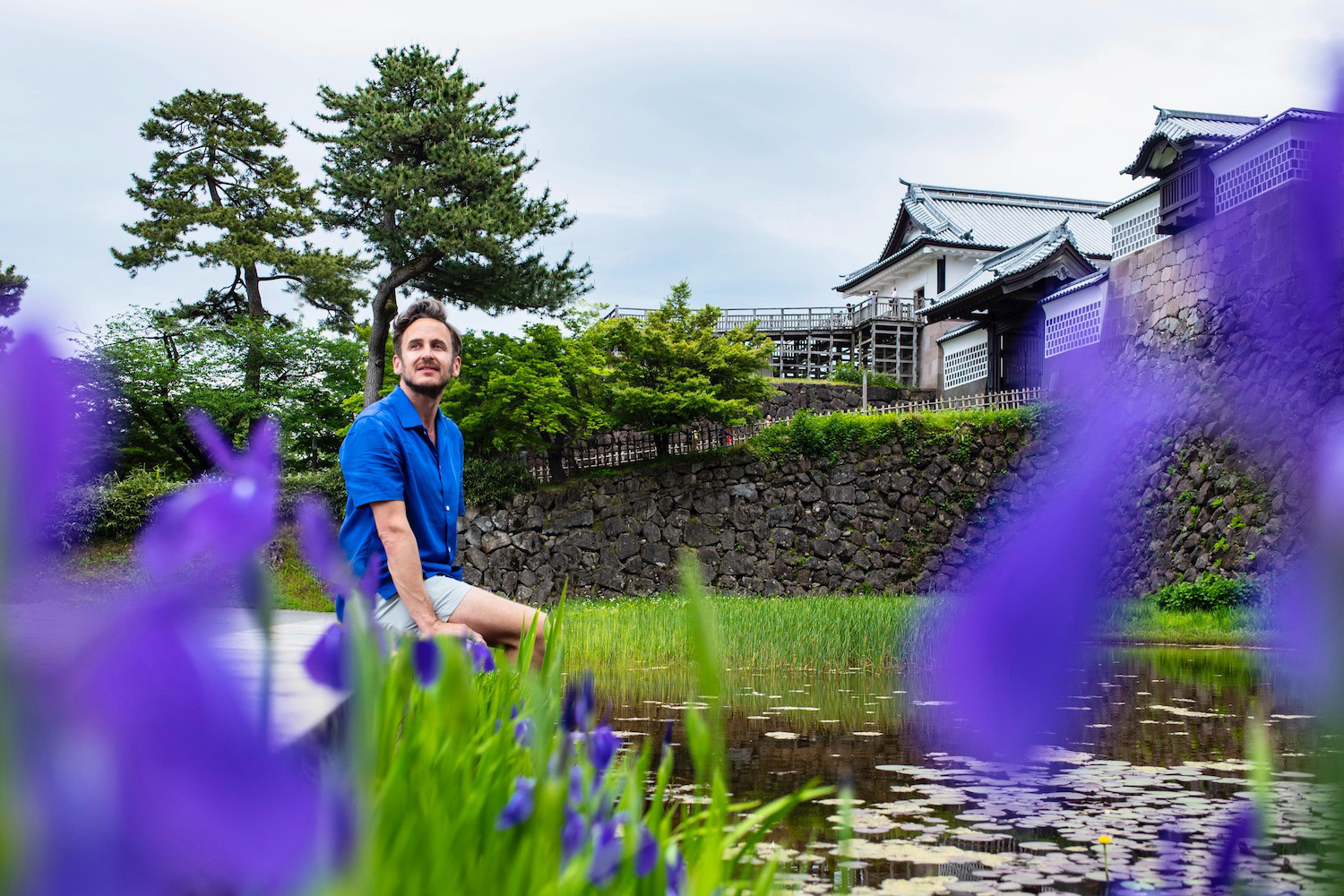I panicked slightly as I approached the immigration desk at Narita Airport the first Friday in May, and not because of the crowds: There weren’t any.
You see, a month earlier—exactly a month earlier, in fact—I’d been traipsing through Akashi Castle Park with my dear friend Eriko and had picked a handful of fallen sakura petals up off the ground. Initially, I placed them into my pocket, but was quickly rebuffed.
“They’ll be pulverized before you even get back to Kyoto,” she laughed. “You need to press them in a book.”
I didn’t have one, at least not on my person. “Would my passport work?”
“I don’t see why not,” Eriko shrugged, and continued filming a video of the fubuki taking place around us.
I’m not sure why it was only then that I’d remembered the cherry blossoms; I’d entered and exited several other countries in the interceding weeks without a single pink petal falling out.
But my gut told me they were contraband, so I brushed them out from in-between the pages of the document into the top pocket of my backpack, vowing to put them back the moment I reached the Keisei Skyliner platform.
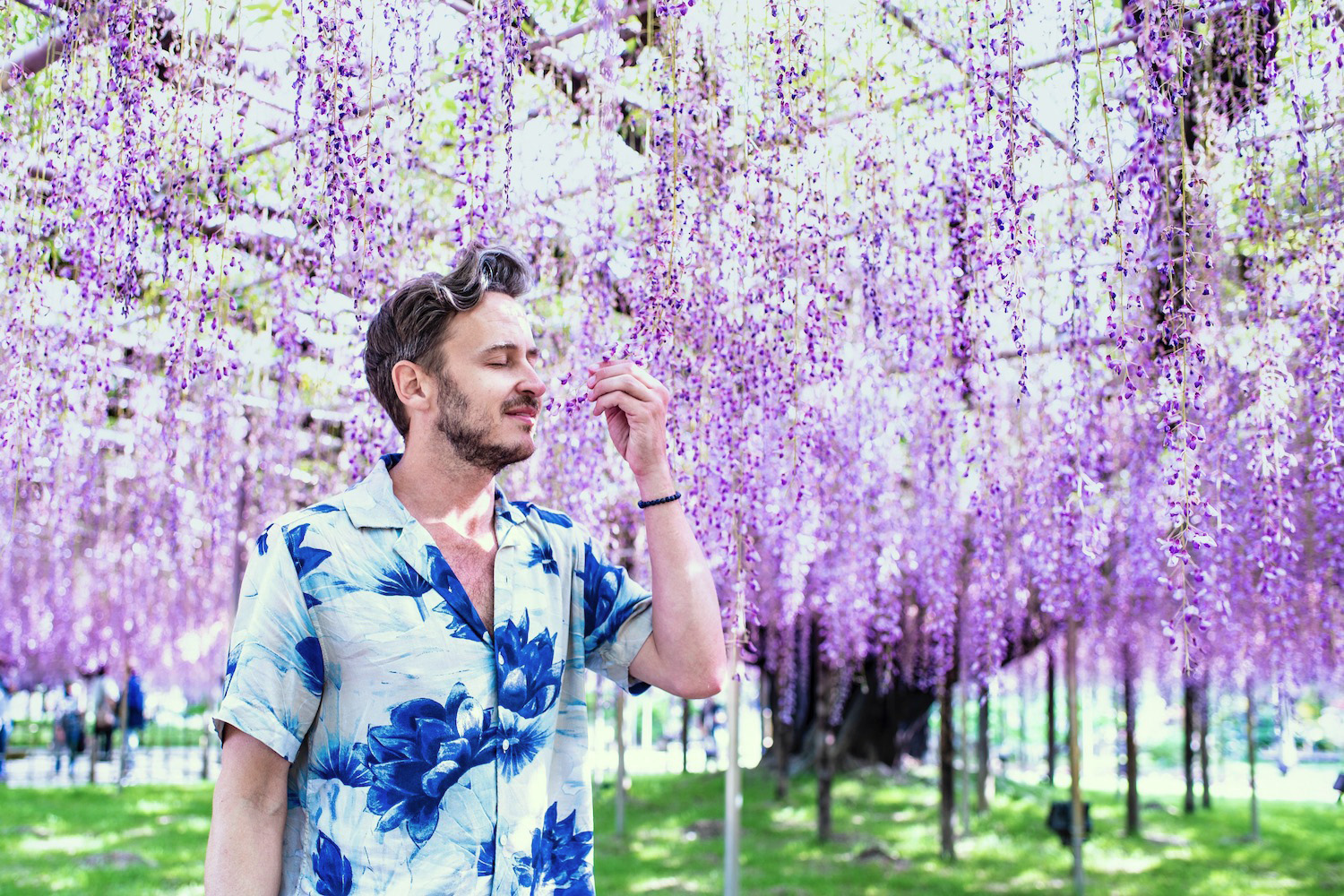
The last cherry blossoms (at least along the Taiheiyō Belt) had fallen weeks earlier, but I still had some flower time on my schedule, wisteria to be specific.
I’d initially planned to accomplish this at the internet-famous “tunnel” in northern Kyushu, but for reasons that relate as much to Thailand (where I was) as to conditions on the ground in Japan (namely, the state of the bloom), I opted to see them at Ashikaga Flower Park, located just north of Tokyo, instead.
It was a gamble (fuji are even harder to predict than sakura, primarily because so many fewer people are tracking them), but one of that mostly paid off. While the canopy of vines hanging over park’s central walkways where probably in their final days of bloom, so too were the crowds much lighter than they must’ve been even a week before.
Leaving the park’s dedicated railway station to head back to the capital, I noticed its slogan (imposed, of course, over a picture of the violet tendrils). A city where wishes come true.
More or less, I thought to myself as I set off for Oyama, where I’d be getting back on the Shinkansen and speeding southward.
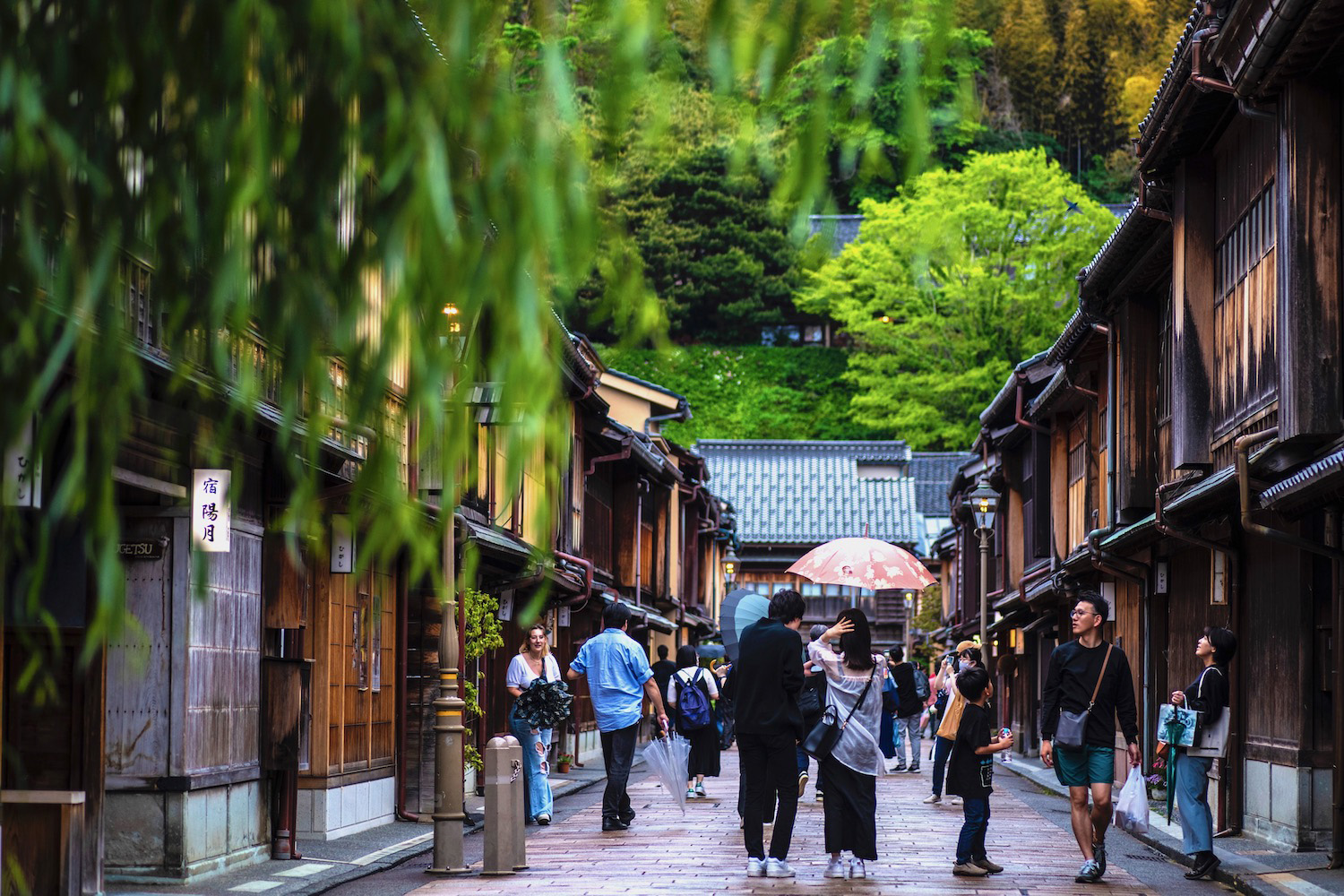
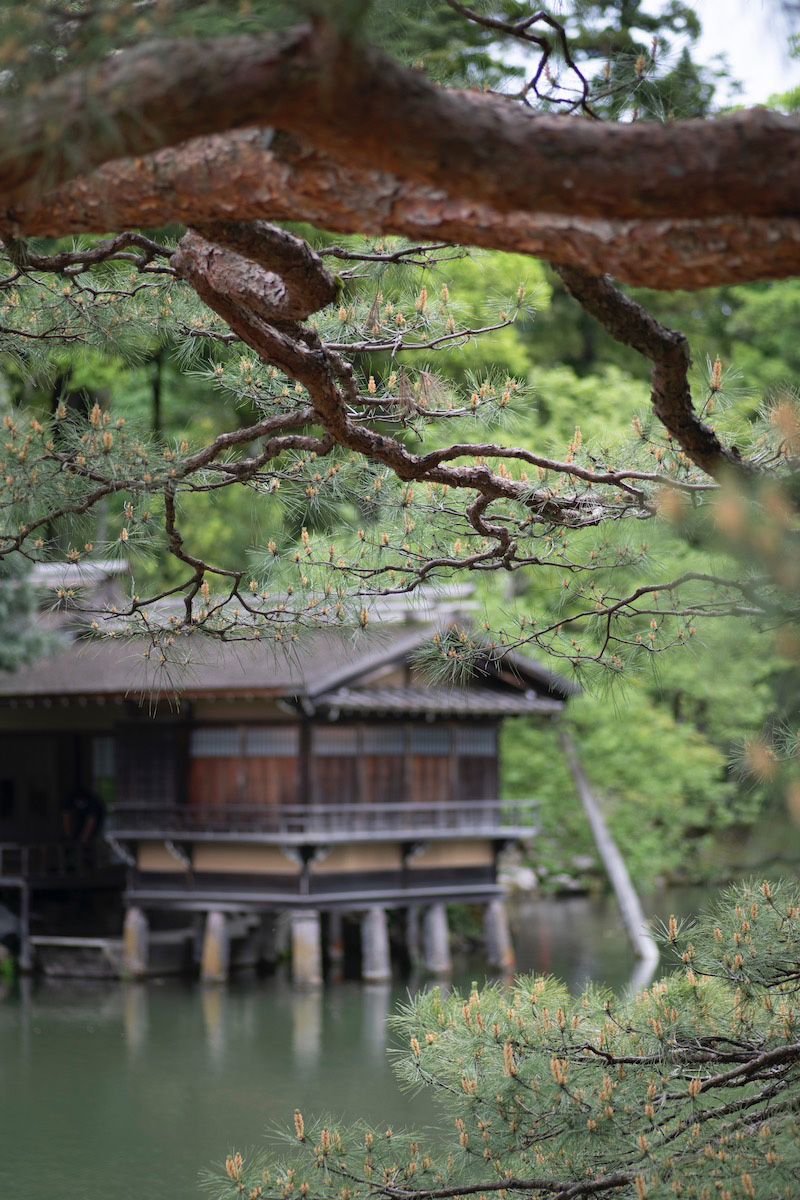
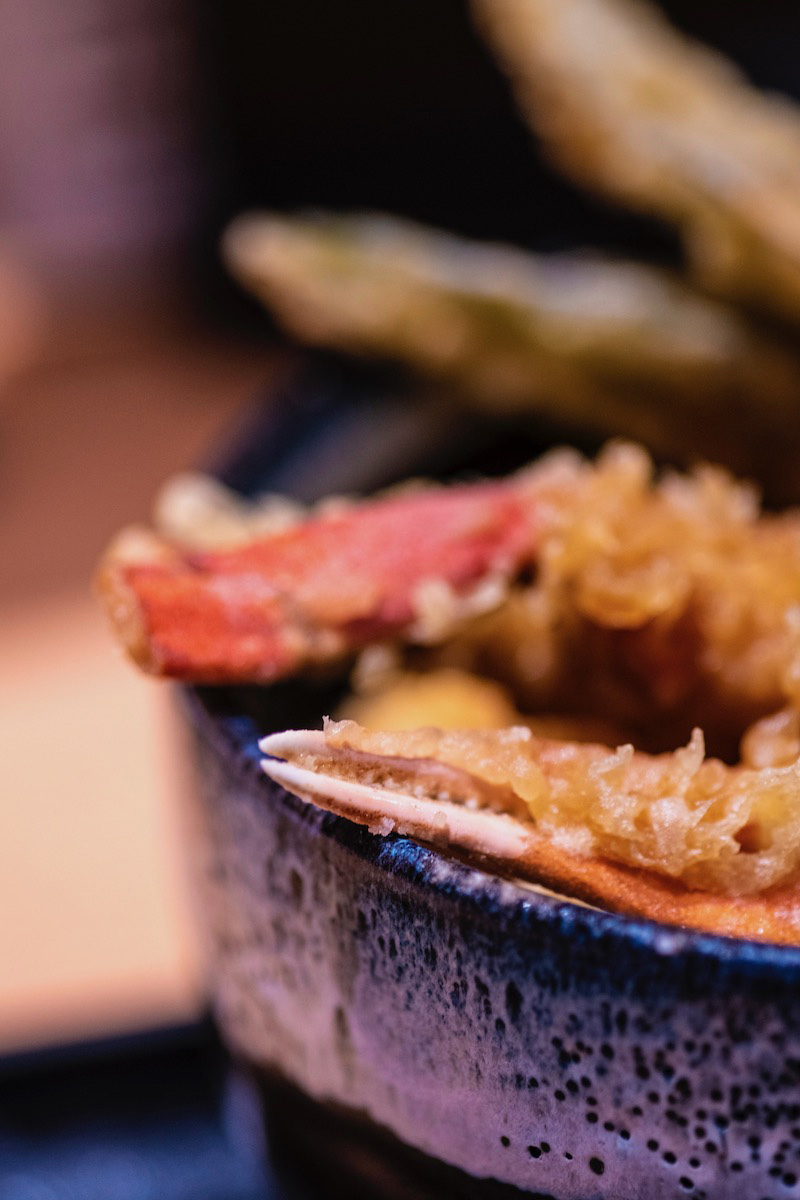
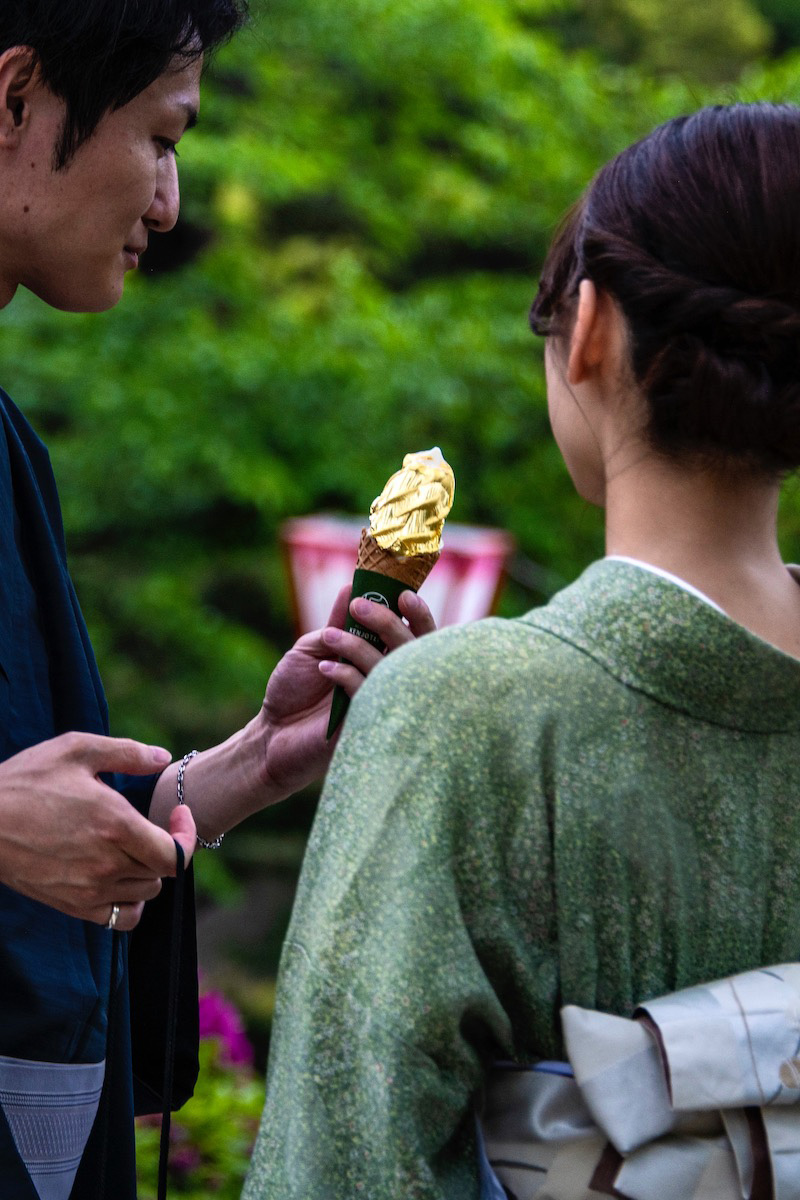
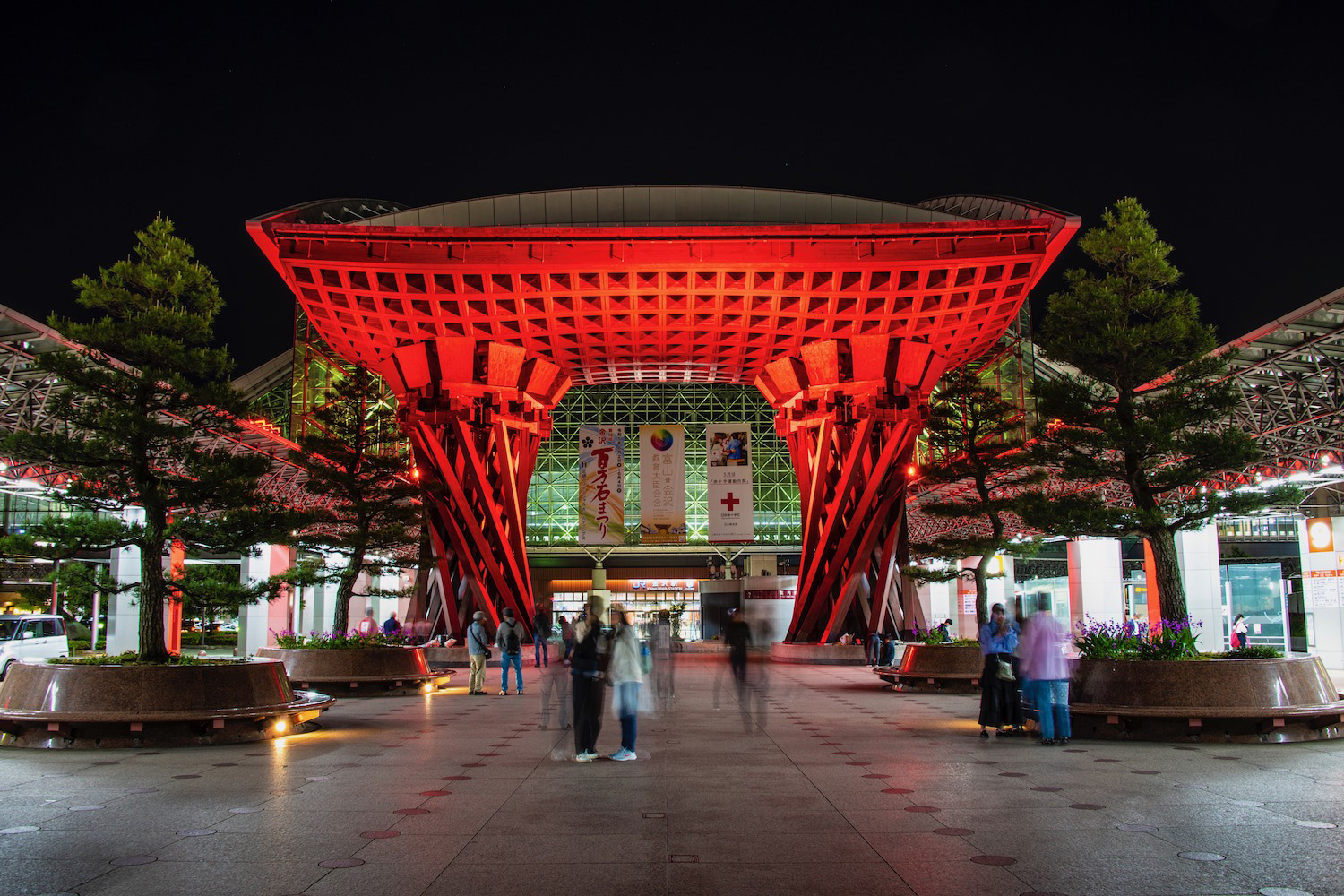
Another piece of luck that bolstered my impression of the wisteria experience had been the sunshine: It was total, the sky as clear and blue as the tree’s teardrop-shaped petals were a deep, dark lavender. Unfortunately for me, the clouds hanging over Kanazawa when I arrived the next day were thick and heavy, like they could open up at any moment.
“But not yet,” I said aloud (and triumphantly) as I sat down beside a stand of irises so pristine it evoked the Ogata painting that had made me want to visit Kenroku-en during kakitsubata season in the first place.
Never mind that fact that I was actually at a moat just beneath the main tower of Kanazawa Castle (which is just across the street from the garden) when the bluish blooms transfixed me. There were irises over in the garden too, of course; importantly, I managed to fully appreciate them before the first drop of rain fell.
But when it did fall—the rain, this is—it was unrelenting, continuing through and even past my dinner at Omicho Market, where I enjoyed crab claw tempura, in lieu of the fresh locally-caught kani, which was no longer really in season.
In continued even to the next day, which began with an earthquake so strong it woke me from my slumber. It was an aftershock, it turns out, from one that had recently struck the Noto Peninsula (where, incidentally, I was supposed to be taking a road trip that drenched, damned morning).
I would’ve too, debris and damage be damned, had the deluge dissipated even in a bit. Instead I hid out in the Glass Art Museum of nearby Toyama, where I did my best to get past the picture restrictions the staff tried to impose.
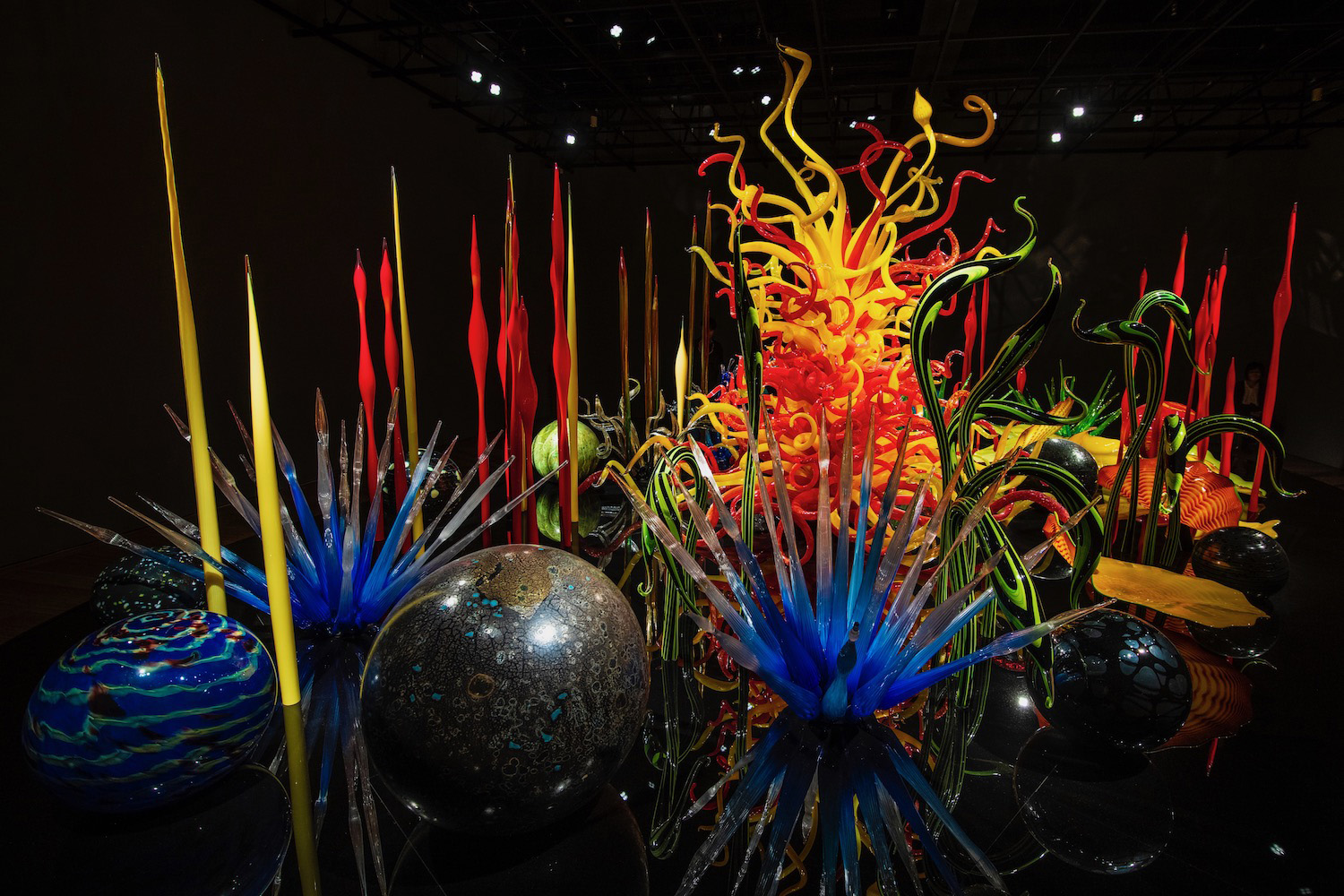
When the rain continued for a third consecutive day, I started to get worried. Not because I thought it would last forever—Japan’s most reliable weather forecast confirmed that it wouldn’t—but because I was afraid it would start to mess with my mood.
But I was determined not to let it do so. I grinned through the wet wind that pounded my face seaside at Fukui prefecture’s Tojinbo Cliffs the next morning; as I headed south along the lackluster Echizen Coast, I refused to let my disappointment over the scenery writ-large sour further into cynicism over the weather.
It was irrelevant, anywhere, by the time I began traipse through the sprawling grounds of Eihei-ji temple, which is shrouded in a thick cedar forest.
In Katsuyama, meanwhile, I snuck up to the top of the massive pagoda that rises behind Echizen Daibutsu a full 30 minutes after it closed. By this time the sky was nearly as blue as it had been when I was in Ashikaga, even if the rice fields that seemed to be more numerous than buildings in the town were filled to the brim—impeccably so—only because of very misery the Hokuriku region had endured during the preceding days.
I even went so far as to drive back to Tojinbo (which is a much longer journey than its distance would suggest, on account of how slowly Japanese people drive) for sunset, which was glorious, albeit somewhat lacking in context.
My trip, as I’d envisioned it in my mind’s eye more than a year earlier back when I thought Japan would re-open in the second quarter of 2022 instead of the third, was finally back on the track I’d envisioned it taking.
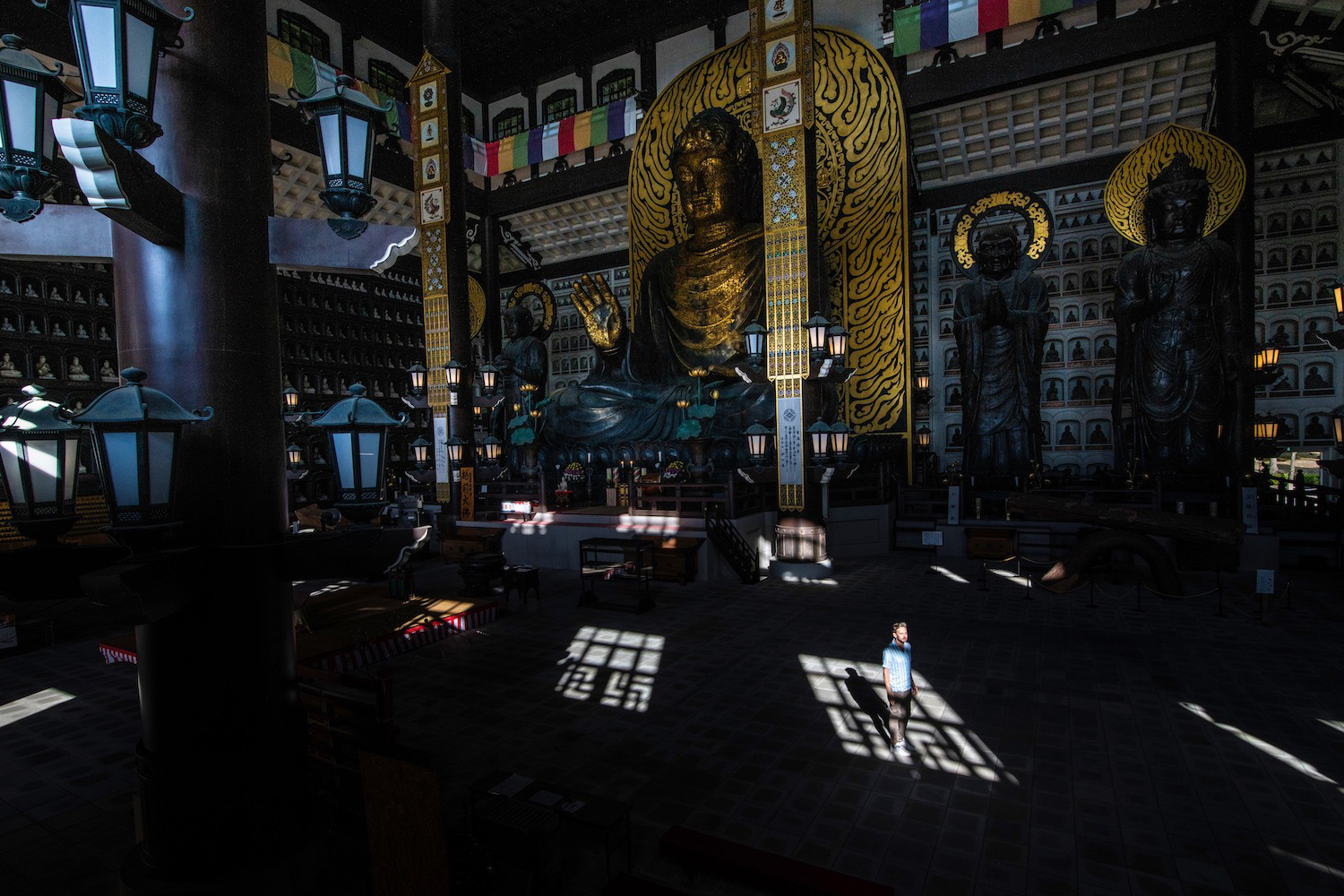
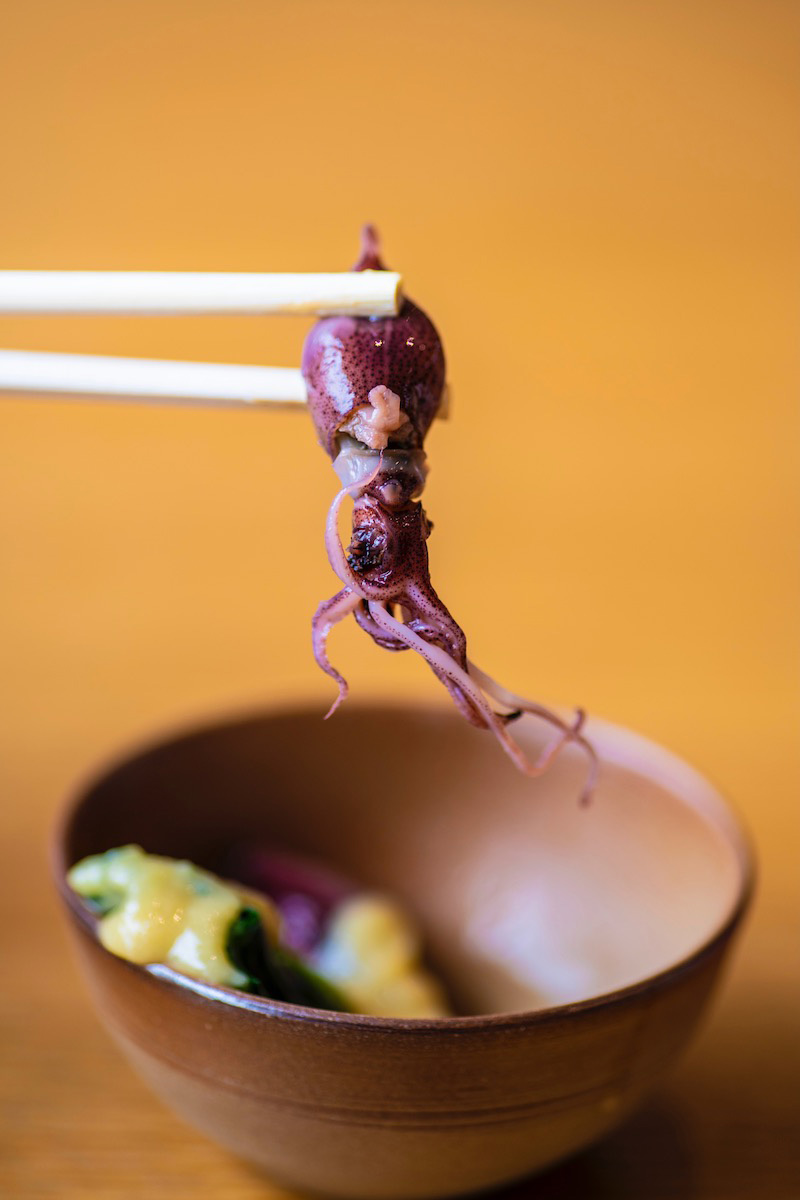
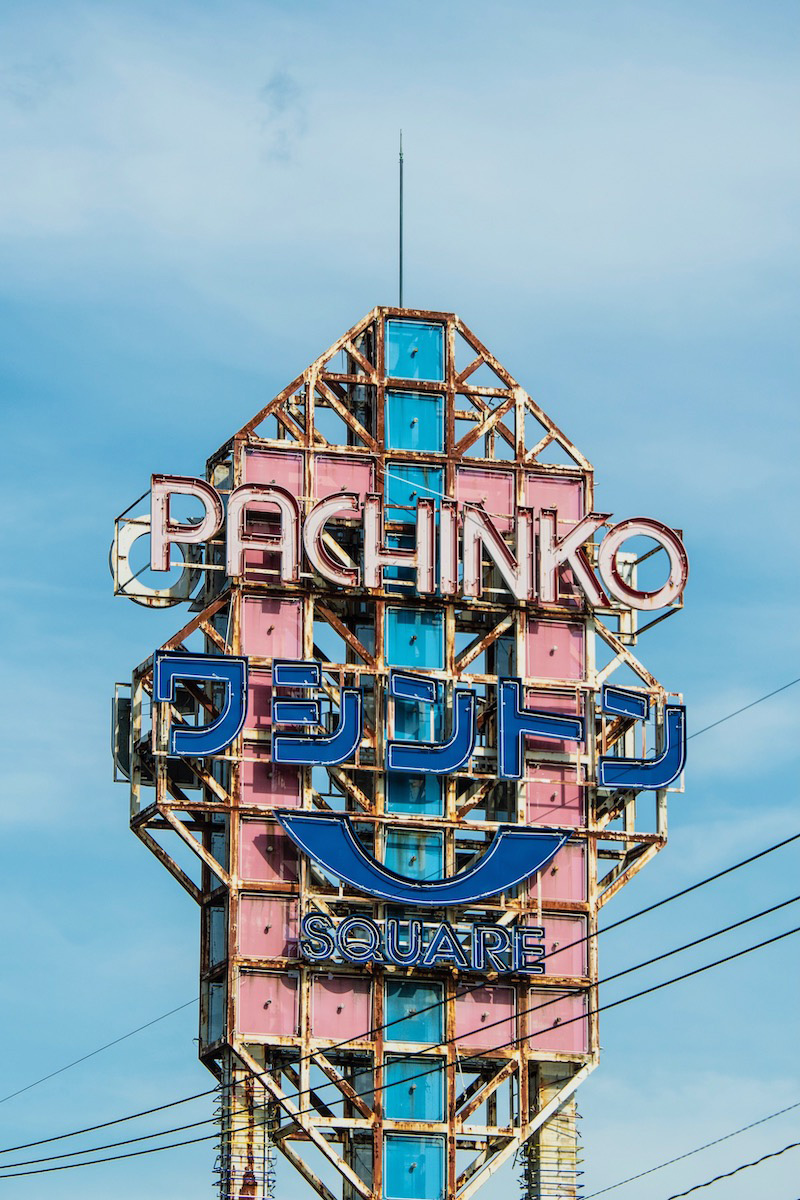

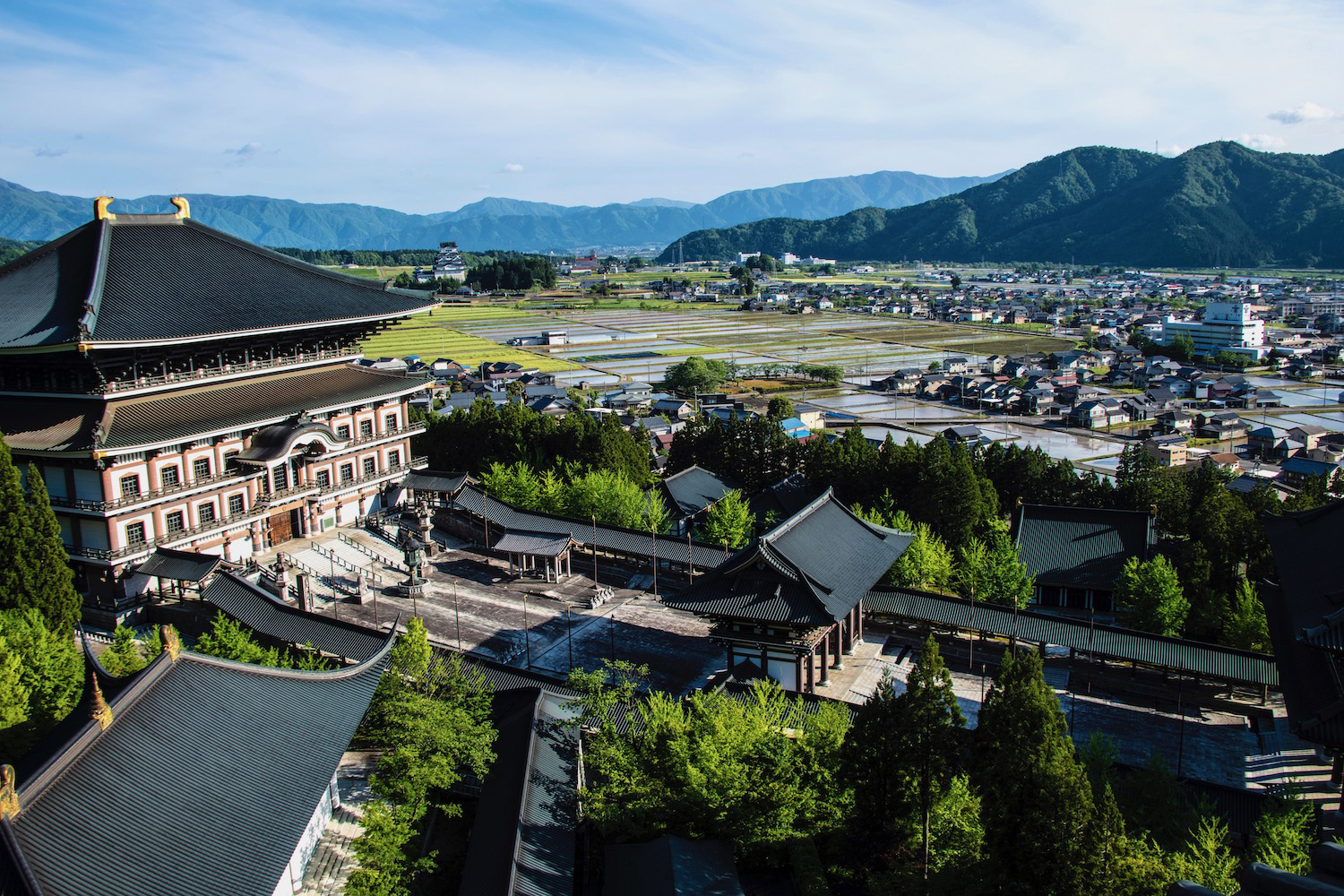
I realized just now that the day are probably blending together, as they did when I was traveled. I arrived on Friday and visited Ashikaga Flower Park on Saturday; Sunday was Kanazawa and Monday was Toyama.
I spent Tuesday in Fukui; the calendar read “Wednesday” by the time I found myself within the walls of the Murodo Snow Tunnel along the Tateyama Kurobe Alpine Route.

This means that by the time my tires hit the pavement of the Noto Peninsula, where I’d previously canceled road trips not once but twice but thrice, it was Thursday. And it was a glorious moku-you-bi: The weather literally could not have been better—I was so elated that I had delayed.
Delay, it turns out, would be a defining concept of my day on Noto-hantō—I just couldn’t seem to get going at a decent pace.
This started right out of the gate: At Kita Residence less than an hour from Kanazawa, the kind guide (who, if my understanding of Japanese is correct, was actually a descendent of the ninja clan whose history it chronicles), I found myself both delighted and frustrated by her detailed descriptions, which were actually mostly clear to me.
I also spent far too long on the Chirihama Beach (which is notable primarily—only—because cars can drive on it), and at Ganmon, where the shot I wanted—needed—to get was right in front of my face, hanging there like the Japanese paintings it’s said to have inspired, like the dangly branches of the twisty Japanese pines stood (bent, but standing nonetheless) everywhere.
Not convinced I could have gotten what I wanted so easily, I’d wandered around on the rocky beach for far too long, an excursion protracted even further due to the fact that I was wearing flip flops.
As a result, I rushed through (or even skipped) most of the rest of the places on my list, from the seaside Senmaida Rice Fields, to Mitsukejima island, which actually ended up being roped off because local officials (the town where it’s located, Suzu, is where the main tremor had occurred) feared further aftershocks.
The only spots I really lingered were one particular village, where wild wisteria (which seems to bloom weeks later than its domesticated counterpart) tangled in evergreens gave the entire scene a Studio Ghibli feel, and looking back at what ended up being a show-stopping sunset after a touch-and-go along the Amaharashi Coast.
Literally and figuratively, it was a photo finish getting back to Toyama Station, where I returned my rental car with literally minutes to spare before the super-fast Shinkansen Kagayaki I’d booked would blast off for Tokyo.

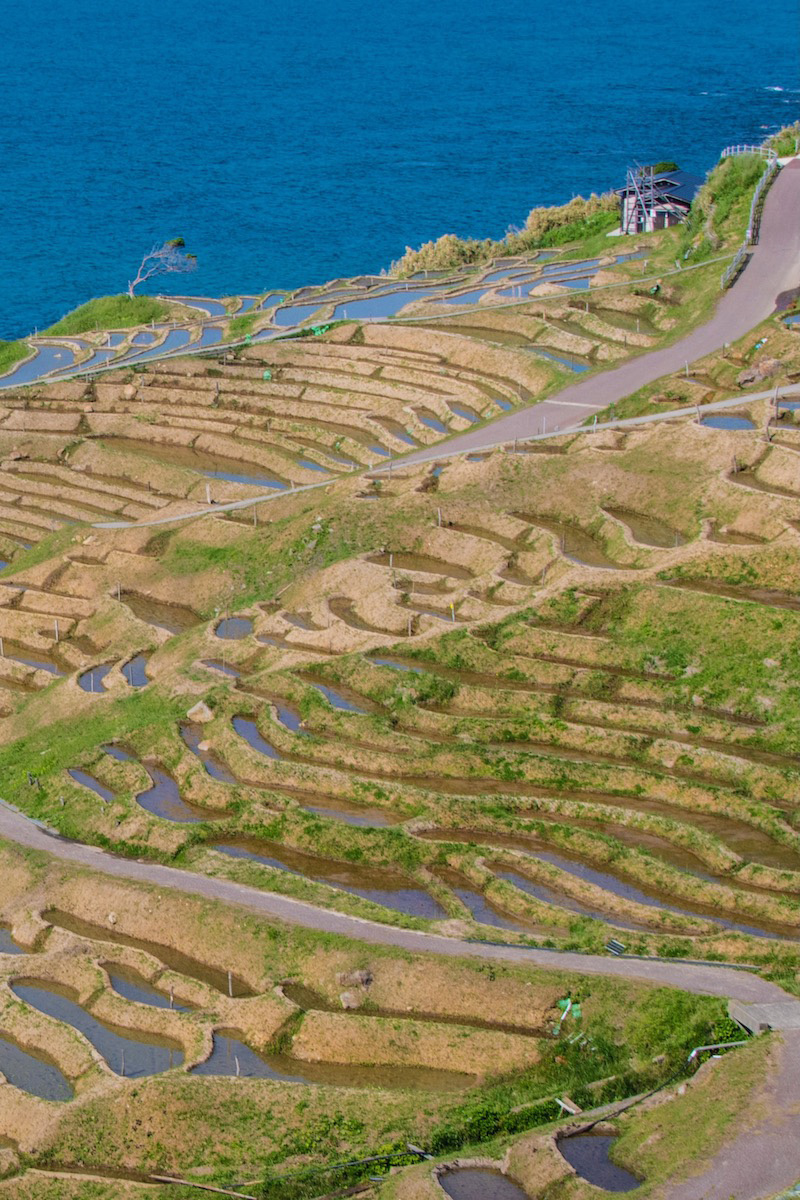
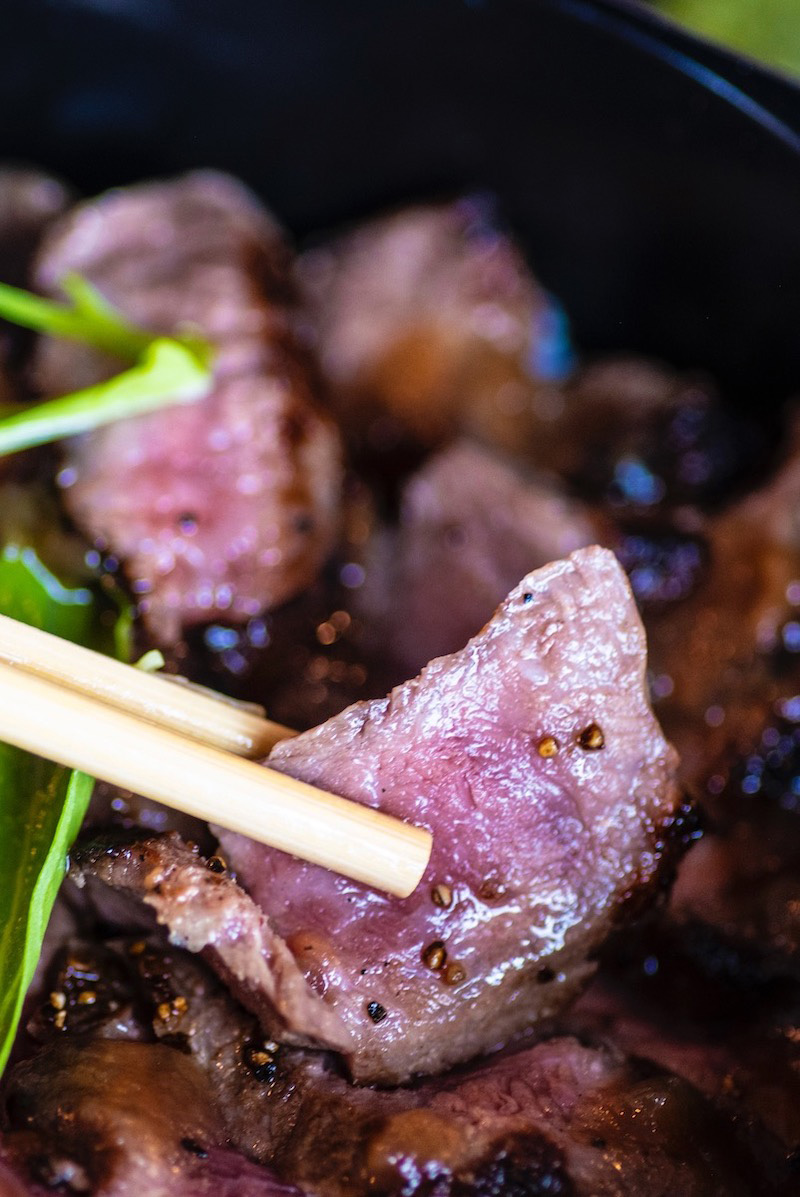
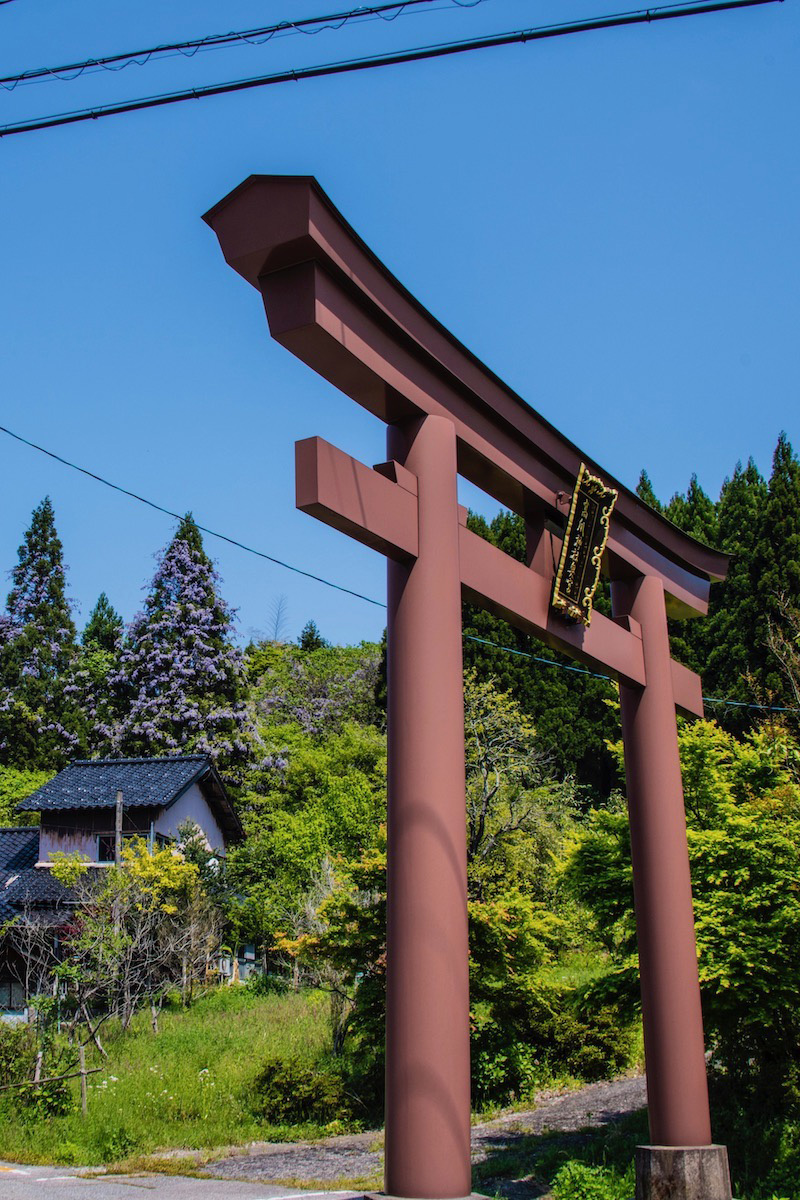
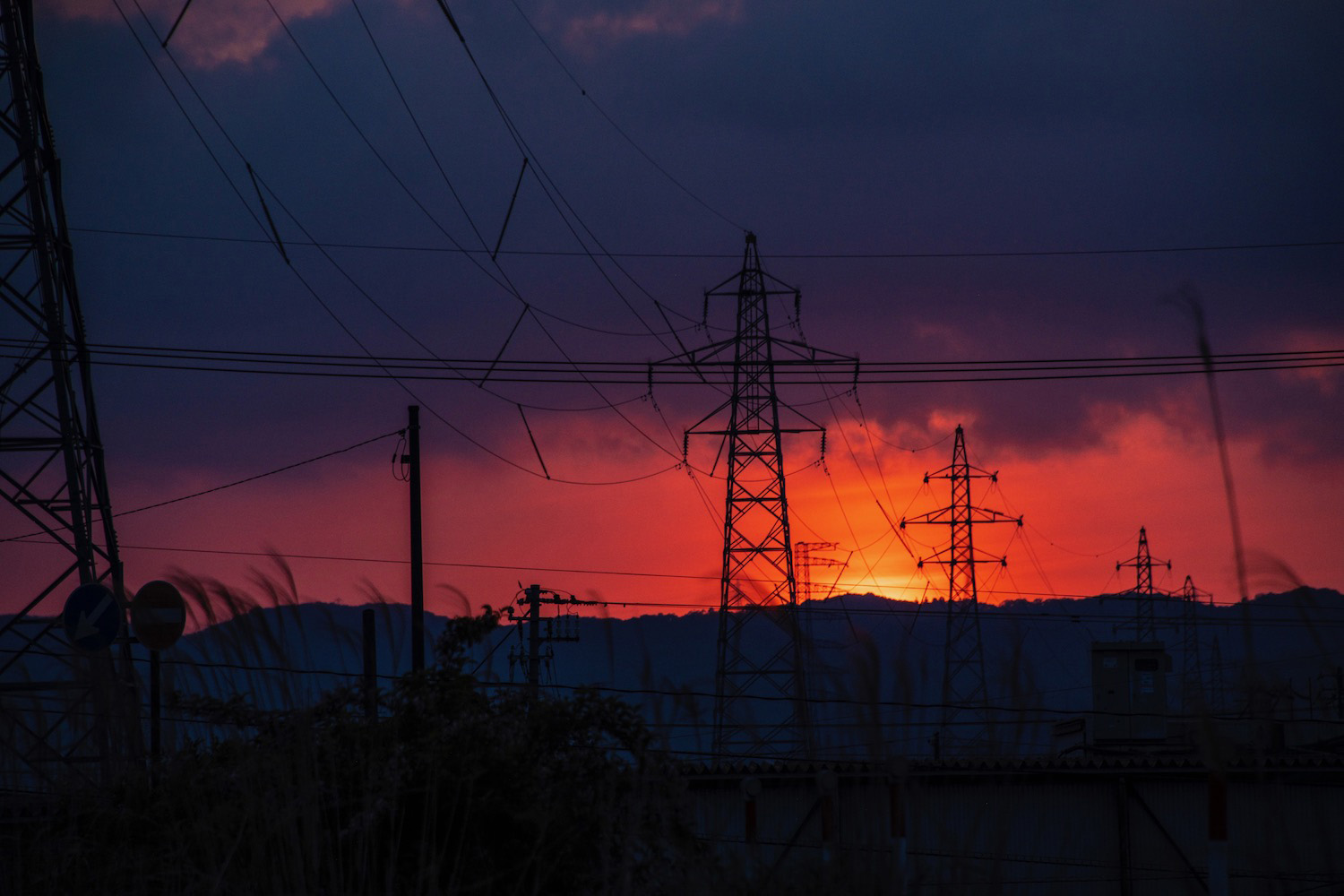
I passed through Narita Airport again the last Friday in May, exactly two weeks after having properly departed Japan.
I was just in transit this time—en route from Bangkok, where I’d ended up after hopping from Tokyo to Taipei, Hong Kong, Singapore and Kuala Lumpur—so I’m not sure why I decided to scrutinize my passport. But I did: The stolen sakura were nowhere to be found.
Slightly panicked, I set my bag down and fished all the credit cards, camera remotes, memory card card readers and other odds and ends out of my bag’s top pocket. Within a few seconds it was empty, but there was no trace of the petals, not even powder.
It was worse than Eriko had warned: They weren’t pulverized—they had vaporized.
And yet I’d like to think the transcendence that transpired as I explored Japan that second week of May was due, at least in part, to whatever spirit or specter had escaped them as they disintegrated.
Even though I no longer possessed them in physical form, the sakura petals had nonetheless bestowed gifts upon me.



